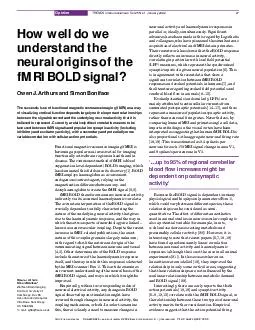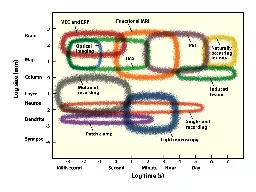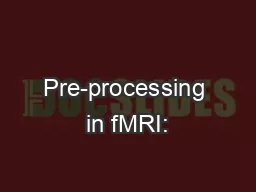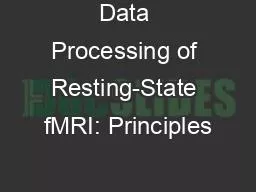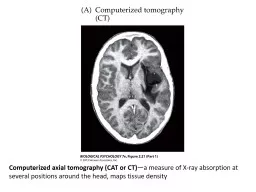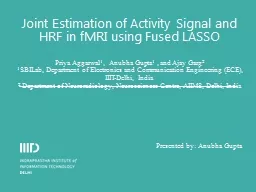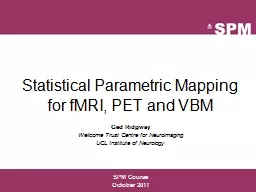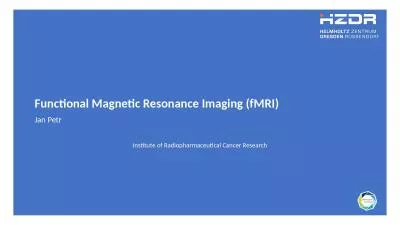PDF-Functional magnetic resonance imaging fMRI is becoming a popular noninvasive tool for
Author : pasty-toler | Published Date : 2015-02-25
The commonest method of fMRI is blood oxygenation leveldependent BOLD imaging which has dominated this field since its discovery 1 BOLD fMRI employs haemoglobin
Presentation Embed Code
Download Presentation
Download Presentation The PPT/PDF document "Functional magnetic resonance imaging fM..." is the property of its rightful owner. Permission is granted to download and print the materials on this website for personal, non-commercial use only, and to display it on your personal computer provided you do not modify the materials and that you retain all copyright notices contained in the materials. By downloading content from our website, you accept the terms of this agreement.
Functional magnetic resonance imaging fMRI is becoming a popular noninvasive tool for: Transcript
Download Rules Of Document
"Functional magnetic resonance imaging fMRI is becoming a popular noninvasive tool for"The content belongs to its owner. You may download and print it for personal use, without modification, and keep all copyright notices. By downloading, you agree to these terms.
Related Documents

